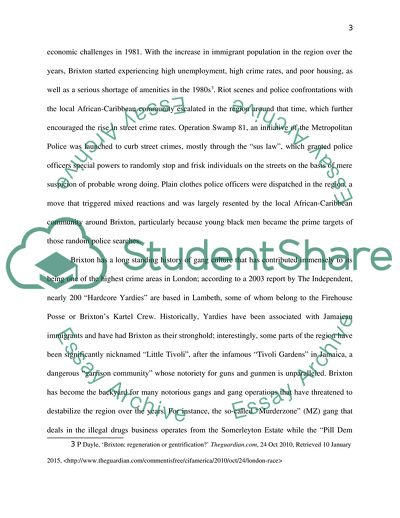Cite this document
(Brixtons Thriving Gang Culture Report Example | Topics and Well Written Essays - 2000 words, n.d.)
Brixtons Thriving Gang Culture Report Example | Topics and Well Written Essays - 2000 words. https://studentshare.org/sociology/1855766-is-gang-real-or-myth
Brixtons Thriving Gang Culture Report Example | Topics and Well Written Essays - 2000 words. https://studentshare.org/sociology/1855766-is-gang-real-or-myth
(Brixtons Thriving Gang Culture Report Example | Topics and Well Written Essays - 2000 Words)
Brixtons Thriving Gang Culture Report Example | Topics and Well Written Essays - 2000 Words. https://studentshare.org/sociology/1855766-is-gang-real-or-myth.
Brixtons Thriving Gang Culture Report Example | Topics and Well Written Essays - 2000 Words. https://studentshare.org/sociology/1855766-is-gang-real-or-myth.
“Brixtons Thriving Gang Culture Report Example | Topics and Well Written Essays - 2000 Words”. https://studentshare.org/sociology/1855766-is-gang-real-or-myth.


